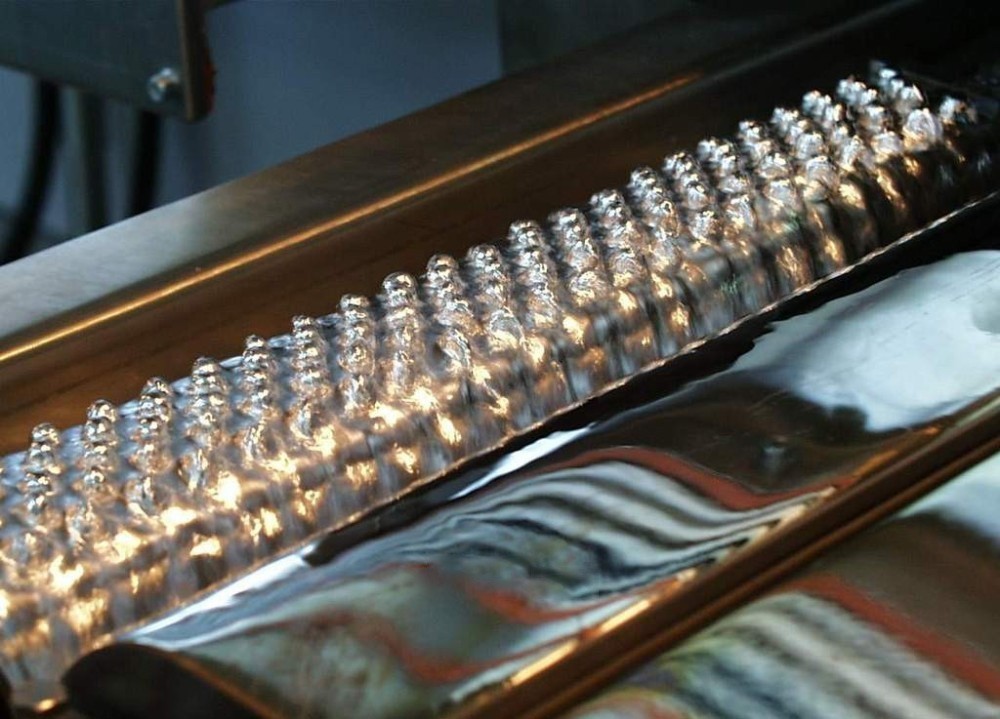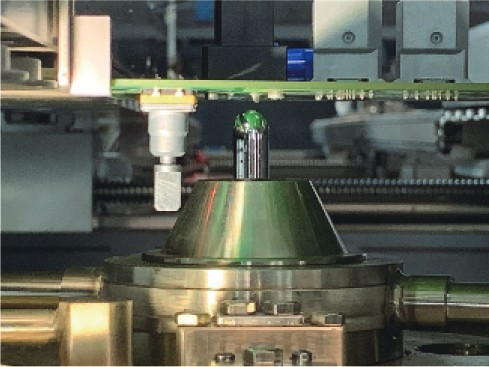2024-05-23
Wave soldering is a global soldering technology. During the welding process, the entire PCB board is immersed in the molten solder, and the solder wave's impact force and wetting properties evenly coat the solder on the leads of the components that need to be welded. It is suitable for mass production and high-density PCB board welding, with high welding efficiency and able to meet the demand for efficient production.

Ordinary Wave Soldering Application Scenarios:
Large-scale Production: Ordinary wave soldering is suitable for a large number of PCB boards need to be welded quickly and continuously. Since it can weld multiple connection points simultaneously, it can provide higher welding speed and efficiency in large-scale production.
Low Cost: Ordinary wave soldering equipment is relatively simple and has a lower cost, making it suitable for situations with limited budgets.
Simple PCB Board Design: For PCB boards with simple designs and no need for high-precision welding, ordinary wave soldering can meet the requirements.
Selective Wave Soldering is a part welding technology that forms a wave only in specific areas, welding only the pins of the components that need to be soldered. This welding method has high flexibility and precision, allowing for efficient welding of individual or small numbers of components. It is particularly suitable for high-mix, low-volume PCB boards. Selective wave soldering can apply solder only to the areas that need to be soldered without damaging the existing electronic components. It can effectively avoid the thermal effects on surrounding components and improve welding quality and reliability.

Selective Wave Soldering Application Scenarios:
High Precision Welding Requirements: Selective wave soldering can adjust the temperature, time, and flow rate of each solder joint according to the requirements of the welding object, achieving high-precision welding.
Specific Area Welding: Selective wave soldering is suitable for the needs of welding specific areas, such as complex components or parts requiring high precision welding.
Small-batch production and specific component welding: Selective wave soldering is more suitable for small-batch production and specific component welding, such as repair and assembly of PCB boards.
Save materials: Selective wave soldering can save the use of flux and solder, as only the welding area comes into contact with the solder. Reduce tin residue and ion pollution, improving the cleanliness of the PCB board.
Avoid thermal shock: Selective wave soldering does not cause thermal shock to the entire, PCB board, avoiding defects that may result from thermal shock.
Comparison of wave soldering and selective wave soldering:
The advantages of selective wave soldering lie in its high flexibility and precision, as well as low heat impact on surrounding components. This makes it particularly advantageous in handling complex PCB boards and high-performance components. However, the equipment cost and maintenance cost of selective wave soldering are relatively higher, and the welding speed is relatively slower, which to some extent limits its application in mass production.
The advantages of wave soldering lie in its high efficiency and high through-hole filling rate, especially suitable for mass production of high-density PCB boards. Additionally, the equipment cost and maintenance cost of wave soldering are relatively lower, making it have an advantage in cost control. However, wave soldering is prone to thermal effects on surrounding components during the welding process, as well as insufficient flexibility in welding complex PCB boards. These problems to some extent affect the application of wave soldering in high-end fields.